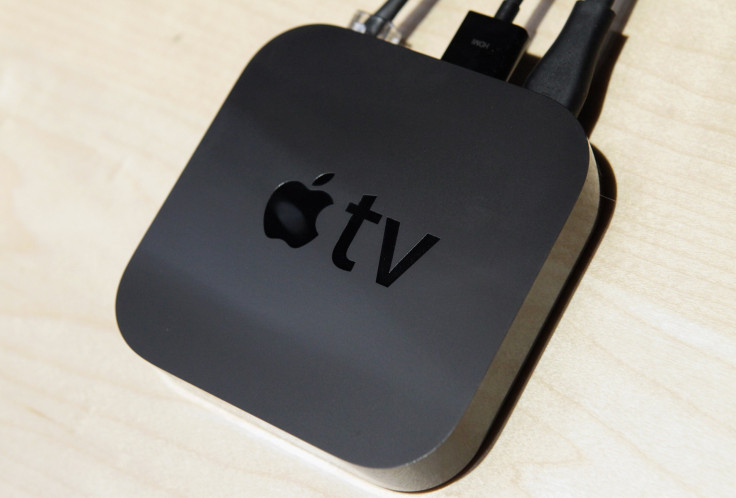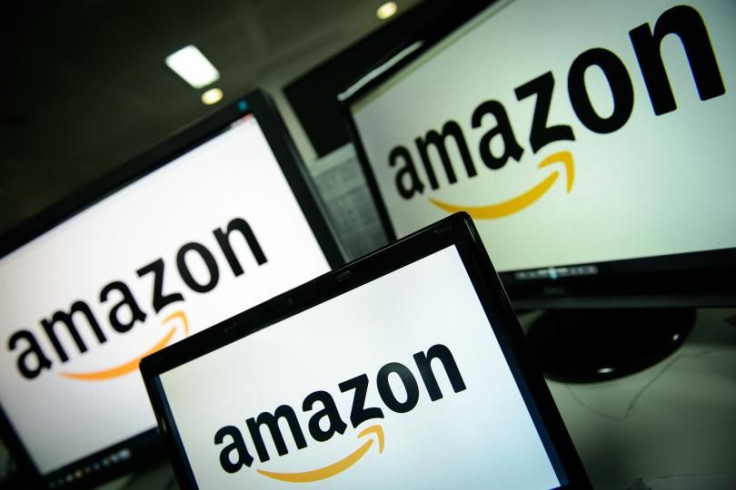Cord-Cutting At Christmas? Nearly 20% Of Consumers May Buy A Streaming TV Device This Holiday

’Tis the season to tell your cable company to bugger off. At least, that’s what a new survey says Americans are planning to do this December: Out of more than 21,000 people surveyed online by consulting firm cg42, 18 percent said they’re considering buying a device that allows them to stream through their TV sometime this holiday season, and out of those 18 percent, almost half said their theoretical Apple TV/Roku/Chromecast/Amazon Fire TV purchase would be in service of replacing their pay-TV subscription.
That’s under 2,000 lost pay-TV customers, at worst. But cg42 managing partner Stephen Beck cautions against laughing them off. Beck has the average pay-TV subscription at $114 a month and the average internet bill at $46, and says people are willing to redistribute the money they save on other streaming services and devices.
“They may even end up spending a little more,” he told International Business Times. “But here’s the thing: You might be happier paying more, because you’re only paying for the things you want. And you’re not feeling like you’re getting screwed by your cable provider.”
Consumer Psych 101
Going by that psychology, one might expect some agnosticism when it comes to how much people are willing to pay for one of these devices, which can cost anywhere from $30 (for Google Chromecast) to $200 (for Apple TV). But when cg42 asked what device people would buy, the firm found the only price-agnostics were those who professed their intention to buy an Apple TV -- a subset of respondents who, in large part, weren’t planning to cut the cord. “Maybe the folks in Cupterino wouldn’t like me saying this,” Beck says, “but choosing an Apple product is a bit more of a ‘safe’ choice. You see less cord-cutting in that more conservative population.”
The rest of the potential purchasers were primarily driven by price when it came to their choice of device, giving Google’s Chromecast an advantage at a price of only $30 to $35. “What’s interesting here is, these people aren’t concerned about the content on the device,” Beck says. As long as they could stream Netflix – which 78 percent of the “purchase intenders” subscribed to – the rest was gravy.
Winners and Losers

Companywise, the potential losers here are Apple and Amazon. Apple has been pushing its device hard of late, with a seemingly omnipresent outdoor ad campaign in big metro areas like New York City, possibly in a bid to leave Roku in the dust and catch up to market share-hogger Chromecast. Despite that push, only 27 percent of the would-be customers said they’d buy an Apple TV, just barely ahead of Roku and Google’s Chromecast, at 26 percent each.
Amazon banned sales of Apple TV and Chromecast from its site in October, ostensibly because those products didn’t play well with Amazon Prime but more likely because of revenue-sharing agreements. The play isn’t quite working: Chromecast is still dominating the streaming device market, and the Amazon Fire TV was far behind the pack in cg42’s survey, with only 19 percent of potential buyers saying they’d opt for it. Given that 41 percent of the people who intended to buy a streaming device were Amazon Prime subscribers, that’s a conversion rate of less than half. “It’s good, but not great,” Beck says.
Still, a “not great” conversion rate is vastly preferable to fleeing, frustrated customers.
© Copyright IBTimes 2025. All rights reserved.






















